Know Your Leafy Greens


What’s So Great About Greens?
They’re super foods at their finest, rich in all kinds of vitamins and minerals. High in fiber and low in calories, greens can help manage your weight while special plant compounds may lower your risk of some cancers, heart disease, and osteoporosis (a disease that causes brittle bones). And yes, they can taste good!
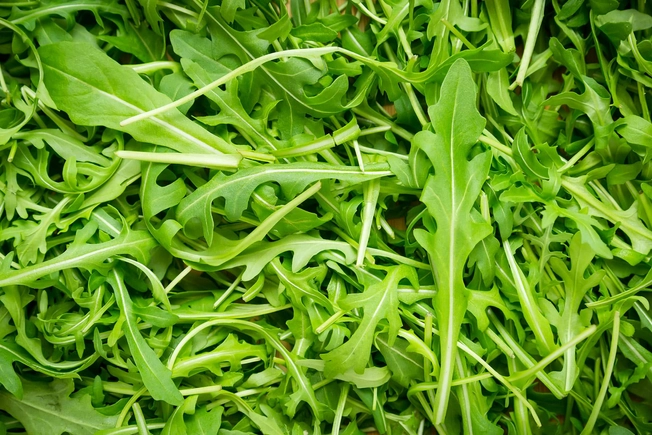
Arugula
Don’t let the wispy leaves fool you. These pungent greens, sometimes called “rocket,” have a peppery kick. And although arugula looks fragile, it’s more nutrient-dense than carrots, tomatoes, and even sweet potatoes, which may help you avoid chronic disease as part of a healthy lifestyle. Bonus: Whether you have a garden or an indoor planter, arugula is easy to grow.
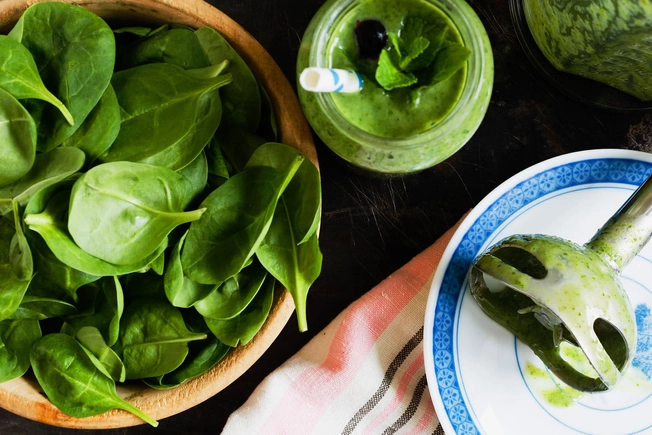
Spinach
The natural compounds in this mild-tasting green can help stave off a host of health issues from age-related eye problems and anemia (a lack of iron) to Alzheimer’s. Spinach’s combo of low sodium and high potassium may even help control your blood pressure. One cup cooked has only 41 calories and just over 4 grams of fiber. Add a handful of spinach to eggs, pasta, soups, sauces, and smoothies.
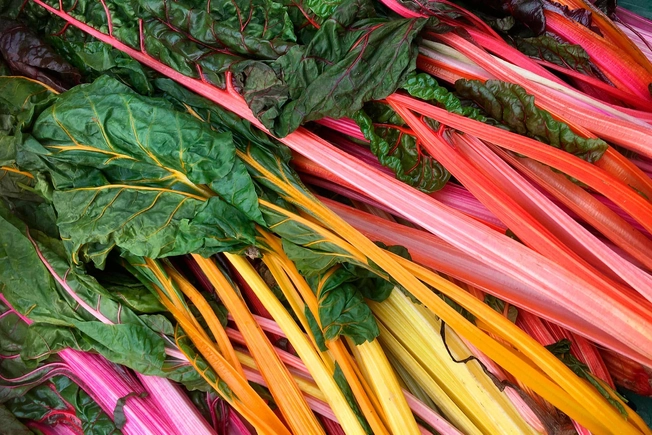
Chard
You’ve probably seen the large leaves and brightly colored stems of the “rainbow” variety of chard. It’s in the same plant family as beets. Its nutrients help keep your bones and brain healthy, lower blood pressure, and improve how well food moves through your gut. Chard is also a rich source of iron. (Eat it with a food that’s rich in vitamin C, like tomatoes, and your body absorbs even more.) To cook, treat chard leaves like spinach and its stems like asparagus.

Kale
This leafy green is almost the poster child of leafy greens, thanks to the calcium, potassium, and vitamins A, K, B6, and C it contains. Its slightly bitter flavor is good in salads, especially paired with something sweet like diced apples or dried fruit. You can also steam, stir-fry, or roast kale leaves and break them up into “chips.” Choose a bunch with leaves and stalks that are firm and deep green. Store up to five days in your fridge. Any longer and your kale will toughen.
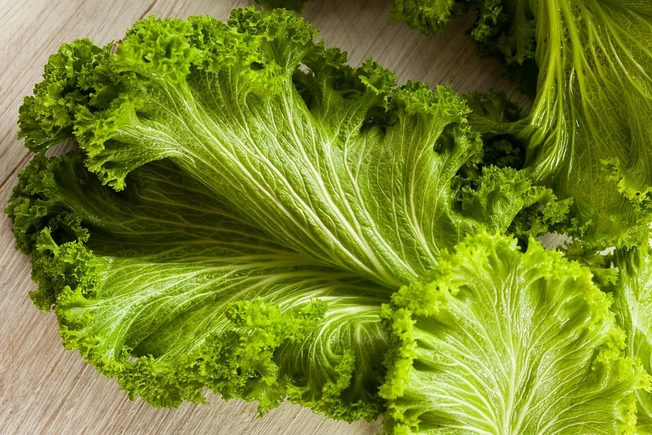
Mustard Greens
Think of these greens as a mustard-flavored version of kale. Their pungent flavor makes them a good match with sausages, creamy sauces, and cheese-based dishes, and the sturdy leaves are firm enough to hold up in a soup. Too spicy for you? A dash of lemon juice or vinegar will tone down cooked mustard greens.
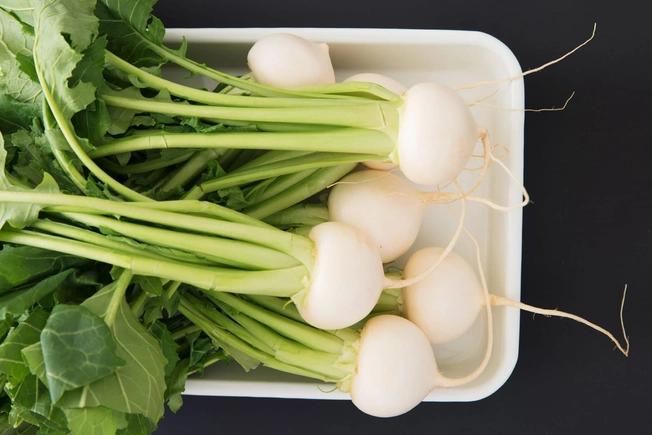
Turnip Greens
If you love soul food, chances are you’re already a fan of turnip greens. But did you know that they’re a great source of calcium, which keeps your bones and teeth strong? While some recipes call for turnip greens to be fried in bacon grease, they’re just as tasty slow cooked in broth and a splash of canola oil, honey, and apple cider vinegar.
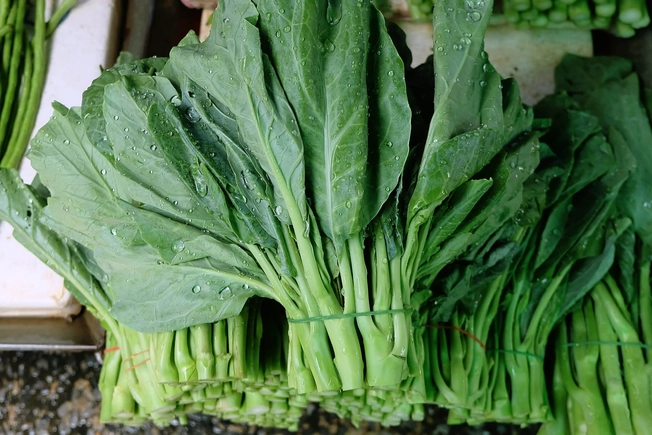
Collard Greens
One serving has 338 micrograms of vitamin A, more than a third (for men) to a half (for women) of your daily requirement. A member of the cabbage family, collards grow in a bouquet. Their large leaves collect soil, so rinse them well before use. Many beloved soul food and Southern recipes call for collard greens to be slow cooked with pork. To cut the saturated fat, skip the meat and saute them in a little oil and season with your choice of spices.
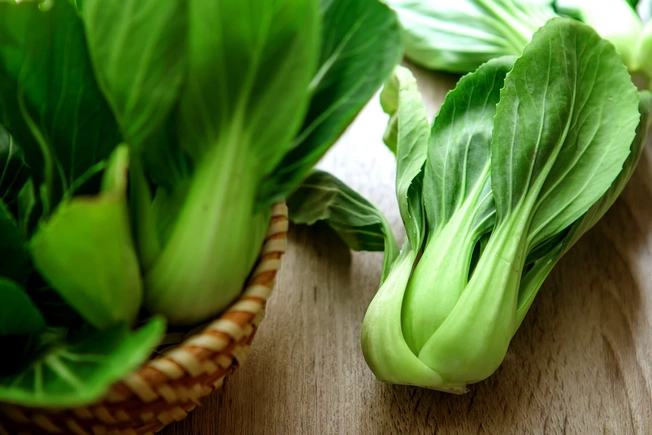
Bok Choy
Toss some chopped bok choy into your next stir-fry. Also called “Chinese cabbage,” it has crunchy white stems and delicate green leaves. It’s a great source of vitamins A and C, plus folate. Bok choy is also a “cruciferous” veggie, like arugula, Brussels sprouts, and cauliflower. Natural compounds in those veggies may help lower your risk of some types of cancer.

Romaine
The darker the green, the better it is for you, but don’t count out this main feature of Caesar salads. Romaine still has 17 times more vitamin A than plain old iceberg. (Not to mention more calcium, folate, and vitamin C.) Always wash your romaine, even the pre-bagged kind, before eating. It’s been linked in recent months to outbreaks of E. coli, a germ that causes severe cramps and diarrhea.
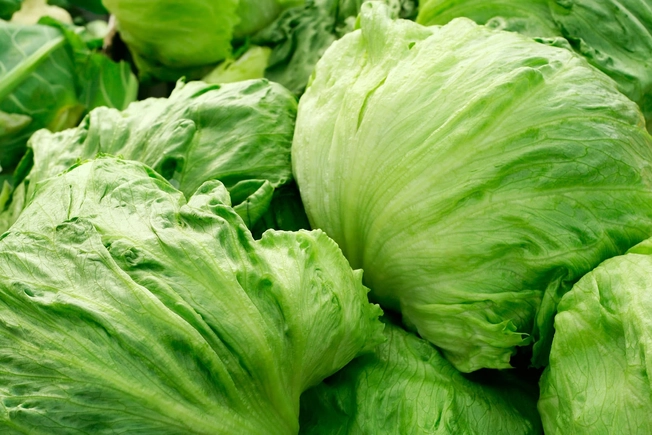
Iceberg Lettuce
This lightweight lettuce doesn’t have enough nutrients to count as a great-for-you green. It’s more than 90% water. Still, it can fill you up with few calories and zero fat and cholesterol. Choose a head with fresh outer leaves. Rinse and dry well, then store in a plastic bag in your fridge for up to a week. Pump up an iceberg salad by mixing in other veggies such as beets, carrots, and spinach.
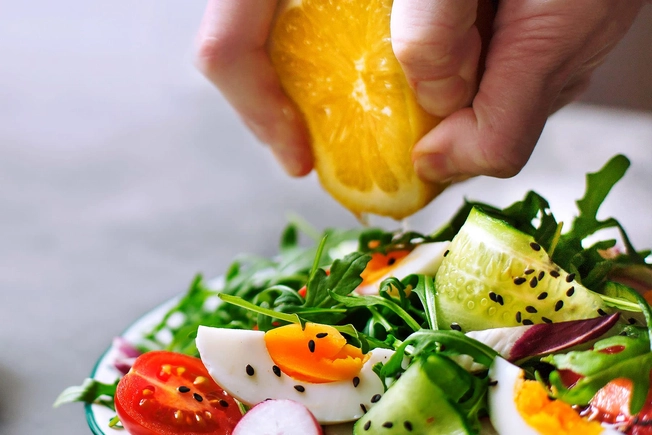
It Can Be Easy Being Green
To reap all the benefits of leafy greens, aim to eat at least 1 1/2 to 2 cups each week. (Keep in mind that cooked greens shrink by half.) To keep it simple, start by chopping up new kinds of greens and adding them into the usual type of salad you make. Have a picky palate? Toss with a citrus salad dressing. The sweet-sour taste will tone down the bitter tang that some greens have.
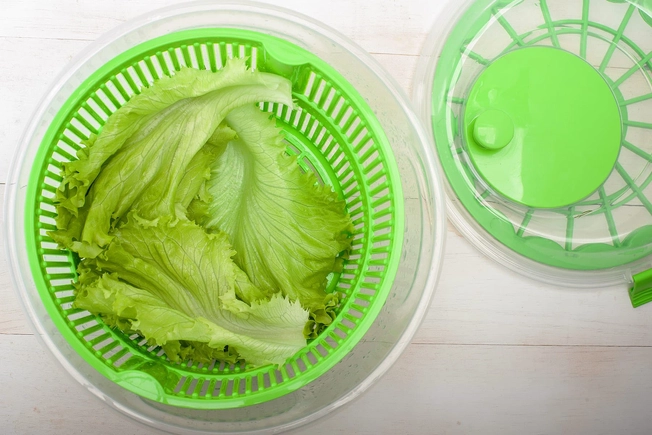
How to Clean and Store
Rinse your greens, even if they come in a bag (not all bagged ones are pre-washed, and a rinse can’t hurt). A salad spinner can help quickly wash and dry leaves. (Too much handling and you can bruise them.) Have large leaves to clean? Dunk into a large bowl of cold water and swish around so the dirt sinks to the bottom. Then gently pat dry with a towel. Keep any leftover greens in the crisper drawer of your fridge.
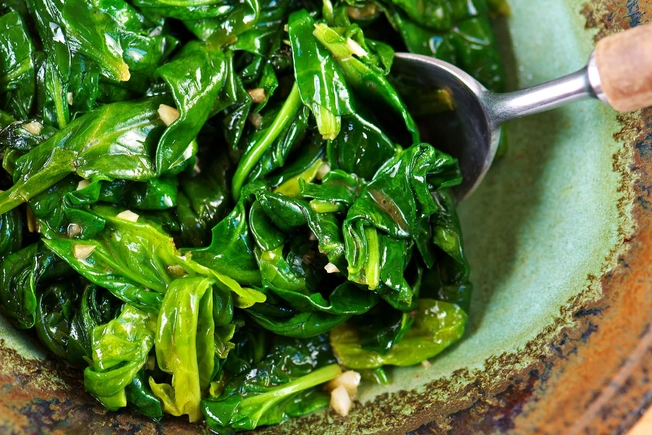
Raw or Cooked?
It’s a toss-up as to whether cooked or uncooked greens are better for your health. Raw greens tend to be higher in some vitamins, such as vitamin C. Yet cooking them can increase some other nutrients. (For instance, 1 cup of raw spinach has 30 milligrams of calcium, while the same amount of cooked spinach has 245 milligrams.) To get the best of both worlds, eat a mixture of both raw and cooked leafy greens.

How Much Is Too Much?
Leafy greens are great for most people. The more, the better. But if you take a blood-thinning drug, check with your doctor before you put them on the menu. Many greens, such as spinach, kale, collards, and chard, are high in vitamin K. Too much in your body can lessen a blood thinner’s effect. And if you’re on a low-oxalate diet to help prevent kidney stones, you might need to limit some greens such as spinach. Your doctor can let you know.